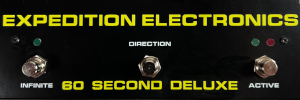
Showing posts sorted by relevance for query juno-106 voice chip. Sort by date Show all posts
Showing posts sorted by relevance for query juno-106 voice chip. Sort by date Show all posts
Wednesday, March 27, 2013
Packrat's Juno-106
Playlist:
Packrat's Juno-106 - Part 1 Published on Mar 27, 2013
"I don't normally do repairs for others, but this is a very special case: In this playlist I service and recondition the actual Juno-106 that was the inspiration for one of my fave Packrat comic strips by the infamous artist David C. Lovelace of UMOP dot COM fame.
Don't worry. This is the only time on the Syntegrator channel that I will read a comic out loud to you complete with character voices. That said, it's nice to know those two years I spent at acting school in my youth finally came in handy for something... ;-)"
Packrat's Juno-106 - Part 2 Published on Mar 27, 2013
"A quick once-over of this fairly pristine unit. The reverence shown by Packrat to his 'True Love' definitely applied to the real synthesizer behind the comic strip!"
Monday, November 01, 2010
Roland 106 Repair - Part 1
YouTube via spindizzyman | June 13, 2009
"Taking a voice chip out of a Roland Juno 106 and sticking it in acetone to strip the resin. I figured out that Chip 4 was bad in my unit. I've never done any kind of electronics before so this just shows you how easy it can be (with a healthy dose of patience and a steady hand).
First you should figure out what chip is bad. You can do this by powering on the unit while holding the key transpose button. Then hitting a key and watching the display cycle through numbers 1-6. If nothing plays on a number or the sound sustains on that number (hit different notes to hear it change pitch) then you know what chip it is.
There is a great video on youtube that shows you how to strip the resin off a chip and hopefully repair it. This is apparently due to overheating and conductivity due to the old resin.
Taking it out of the unit is pretty easy and you can search youtube for videos on how to open up the 106 and get the board out with the voice chips attached.
I have never done any electronics work before so I practiced on an old VCR for an hour. I learned how to take out components and solder them back in until I felt comfortable.
It helps if you have a few drinks before hand to steady your hand and nerves. Ok, probably not but it was Saturday and I'm all about the tequila on a Sat afternoon with nothing more to do than some trial electronics work.
In part 2 I'll figure out how to strip the resin and re-solder the chip back into the board and re-install into the 106 to test.
All credit where it's due just google 106 repair and you'll see the videos I watched to learn how to do this or look up
http://www.youtube.com/user/rolandsh1000
for the resin strip and...
http://www.youtube.com/user/ShakerCuda71
To see how to remove the board from the unit.
Cheers!"
Wednesday, October 03, 2012
Roland Juno-106 Mounting & Changing Voice Chips
Juno-106 - Series 4, Part 4
Published on Oct 3, 2012 by Syntegrator
"This video is all about sourcing the parts (with part numbers and vendors) to recondition a Juno-106 to the same standards as mine. I show the voice chip socket/pin parts that I have finally decided on, and then show a good affordable CPU board battery clip (good for other synths too) and finally show the IEC power receptacle I am using to rid my old synths of their lamp cords, pig tails and 2-Prong Roland cables."
See this post for the Juno-106 Voice Chip Repair Video.
Update:
Published on Oct 3, 2012 by Syntegrator
"This video is all about sourcing the parts (with part numbers and vendors) to recondition a Juno-106 to the same standards as mine. I show the voice chip socket/pin parts that I have finally decided on, and then show a good affordable CPU board battery clip (good for other synths too) and finally show the IEC power receptacle I am using to rid my old synths of their lamp cords, pig tails and 2-Prong Roland cables."
See this post for the Juno-106 Voice Chip Repair Video.
Update:
Wednesday, September 03, 2008
Roland 80017a

via this auction for the 80017a
"Problems Typically Solved by Replacing the Failed 80017a Chip Include:
* Erratic or sudden loud noise from synthesizer output, particularly after 10 minutes of powering up.
* Note hang-ups or long sustain.
* One synth voice will not respond to filter or amplifier changes.
* Unstable operation.
* Juno-106 or MKS-30: Notes will not play, most typically every 6th note will not play due to failed 80017a chip.
* GR-700: One particular voice or string will not sound, "D" string, "A" string etc.
The sound of the failure will change depending on which part of the circuit is not working: the VCF or VCA for example. The above example is provided to illustrate one type of failure. Your synth may have different symptoms as listed above. About the 80017a VCA/VCF chip:
The 80017a chip was a real workhorse for Roland synthesizer engineers in the early 1980s. This one chip contained both the classic, driving -24 dB voltage controlled low-pass filter with a smooth voltage controlled amplifier. By placing all the components on one chip, Roland was able to keep the classic sound of their analog synthesizers across various products, with low production costs. Almost immediately Roland knew they had a problem on their hands, and changed production methods.
When these chips fail, sometimes voice will stop working completely. On a keyboard synth, this shows up as every sixth voice not working. On a GR-700 guitar synthesizer, this shows up as one string’s synthesizer voice failing. But the chips may not fail completely, resulting in a lack of control over the filter quality for one voice, or by sudden, loud erratic sounds from the synthesizer. The only solution to these problems is to replace the existing 80017a with a new chip.
This chip is from lot 50, produced after Roland solved the manufacturing problems. Probably 20 years after the original production date, this chip is still working well without failure."
You can find scans for the following all via the auction here
Juno-106 Service Manual
Roland Service Note
MKS-30 Schematic
Juno-106 Failed Chip Test Procedure
Juno-106 Calibration
GR-700 Calibration
Wednesday, May 23, 2007
Roland 80017a
 The dreaded chip that takes the Juno-106 out. Title link takes you to shots via this auction. Docs with mp3s and shots also saved here. See this post for an alternative replacement chip.
The dreaded chip that takes the Juno-106 out. Title link takes you to shots via this auction. Docs with mp3s and shots also saved here. See this post for an alternative replacement chip.Details:
Roland 80017a Replacement VCA/VCF chip for Juno-106/ MKS-30/ GR-700/ HS60
Problems Typically Solved by Replacing the Failed 80017a Chip Include:
 * Erratic or sudden loud noise from synthesizer output, particularly after 10 minutes of powering up.
* Erratic or sudden loud noise from synthesizer output, particularly after 10 minutes of powering up.* Note hang-ups or long sustain.
* One synth voice will not respond to filter or amplifier changes.
* Unstable operation.
* Juno-106 or MKS-30: Notes will not play, most typically every 6th note will not play due to failed 80017a chip.
* GR-700: One particular voice or string will not sound, "D" string, "A" string etc.
About the 80017a VCA/VCF chip:
The 80017a chip was a real workhorse for Roland synthesizer engineers in the early 1980s. This one chip contained both the classic, driving -24 dB voltage controlled low-pass filter with a smooth voltage controlled amplifier. By placing all the components on one chip, Roland was able to keep the classic sound of their analog synthesizers across various products, with low production costs. Almost immediately Roland knew they had a problem on their hands, and changed production methods.
When these chips fail, sometimes voice will stop working completely. On a keyboard synth, this shows up as every sixth voice not working. On a GR-700 guitar synthesizer, this shows up as one string’s synthesizer voice failing. But the chips may not fail completely, resulting in a lack of control over the filter quality for one voice, or by sudden, loud erratic sounds from the synthesizer. The only solution to these problems is to replace the existing 80017a with a new chip.
This chip is from lot 44, produced after Roland solved the manufacturing problems. Probably 20 years after the original production date, this chip is still working well without failure."
Demos:
Failed Chip
Good Chip
"There are four audio samples of the open string "D." The first audio sample has both resonance and filter cutoff tracking the envelope generator. The VCA is set to "gate," no VCA modulation. This sample highlights the resonance effect. The next sample has the resonance turned off, and only the filter cutoff is modulated. Again the VCA is set to "gate," no VCA modulation. The third sample has the filter wide open, with the VCA being modulated by the envelope. This is to highlight VCA modulation. The last patch is a complex modulation patch of the filter with sample and hold qualities. The mp3 file is a little over one minute in length. There is silence at the beginning, and the sample was normalized to make it as loud as possible."
Update via the comments:
"The statement that there are good lots (date codes) for these chips is completely untrue. I've seen all date codes from 40A to 61A fail."
 Update: Looks like there is another one up for auction.
Update: Looks like there is another one up for auction.
Thursday, March 12, 2009
Possible Repair Technique for the 80017a, the Juno-106 Voice Chip
YouTube via rolandsh1000
"Upfront, I'd like to say that I take no credit for inventing this technique, only for demonstrating it. I was inspired to try it by two compelling images that a person named Ramcur had posted on Flickr. I emailed him and he told me what he had done. So very special thanks to Ramcur for the method, and thanks to Chris Strellis (http://www.strellis.com) and K/Modeless Factory (http://modelessfactory.com) on the Analog Heaven mailing list for sending me sample failed chips to test this method out. Please visit their sites and patronize their services!
Some background: my HS-60 had 4 bad voices so I removed those 80017a's with plans to buy clones sometime in the future. But after I stumbled across Ramcur's photos, I tried to see if these chips could be repaired. I first used a professional heat gun, and I was able to salvage 2 of the 4 chips satisfactorially by simply removing the resin coating of the chips (the right heat allowed me to peel the coating off). But that was still only 50% yield and about 30minutes messing around with the heat gun - not easy.
After Ramcur emailed me back about using acetone, I tried it on a bad 80017 that Chris Strellis had sent me and it worked great. So I decided to create a video to show how this might be done. In the video, my HS-60 has been fitted with SIP socket to allow for quick swap out of the chips for testing. These sockets are in voice slots 2 and 3. Slot 1 has a 'known good' chip for comparison. In the final part of the video, I installed the chip that I was able to get "cleaned" in slot 2 for comparison to the good chip in slot 1 (slots 3, 4, 5, and 6 have no chips/are empty). I apologize for the bad lighting in that last part.
Does this really fix the chips? What about longer-term performance? The chips I've "rescued" so far I have put in my constantly-powered-on HS-60 for over a week and checked them twice a day and all of them no longer had any popping or cracking or cut-outs or runaway resonance or any of the classic failure modes of the 80017a. They did sound slightly different chip-to-chip, but I think that was due to me not recalibrating the trimmers for each voice.
Should you try this? I'd say you have nothing to lose and, as I show, it's pretty easy to do. If you already have a bad voice chip in your 106 or HS-60, you already would have to desolder it to install the reportedly-excellent clones from D'Naab (http://www.analoguerenaissance.com). So you could try this method first and, if it doesn't work or it's not to your liking, or you just want the comfort of something pretty much guaranteed, then you can always get the clone.
As the weeks go forward and I get time, I'll be subjecting this method to a lot of known-dead chips. I'll try to report back how that goes.
Good luck!"
Roland Juno-106 chip fix - IC repair
Wednesday, February 07, 2024
Roland Juno-106 Synthesizer Troubleshooting/Repair Quiet Voice
video upload by gstormelectro
"Audio + Video by G-Storm Electro c. 2024
Today I'm investigating an issue with a Roland Juno-106. Voice #4 is a lot quieter than the others. And it's not a calibration issue. 99% certain it is NOT the brand new voice chips I put in as seen in a previous video. Troubleshooting will confirm that statement. So what else could it be? Maybe something EVERY 106 owner will want to be pro-active about mitigating?
This video is posted for general information about my experiences. Always observe safety working on electronics, and never tinker around inside power supplies without first unplugging the power cord. De-soldering components on the Juno-106 must be done VERY CAUTIOUSLY to avoid lifting very tiny delicate traces. If you're not sure about anything, there's no shame in taking your instrument to a qualified service technician.
Timestamps
0:00 Intro & Symptoms
0:35 Voice Chip Swap Test
1:06 Looking at the Wave Chip output
1:56 Waveform Chip replacement
2:23 Testing
2:51 Voice Board inspection and Remedy
3:19 Re-testing, did it work?"
*BLOG* http://gstormelectronica.blogspot.com/
*LISTEN/DOWNLOAD* http://soundcloud.com/gstormelectro
Thursday, January 16, 2014
Kiwi-106 Upgrade Process - Part 1
Published on Jan 16, 2014 Syntegrator·360 videos
"This is the process to take a Juno-106 into the 21st Century with the Kiwi-106 Upgrade. In this video (part 1) I put in the Kiwi-106 CPU board and pull the Juno's voice board for upgrading in part 2..."
Kiwi 106 Upgrade Process, Part 2
Published on Jan 16, 2014
"The details of de-soldering the original Juno-106 voice assigner chip, soldering in the Kiwi-106 interface sockets, mounting said interface board into the sockets, soldering the voice assigner chip into the swap-back board, installing the upgraded voice board into the Juno-106 and finally performing the optional LED brightness modification. Feel free to skim this one - It's certainly no action movie... ;-)"
Friday, March 11, 2016
ROLAND JUNO 106 : VOICE CHIP ISSUES & How to Test
Published on Mar 11, 2016 EXPLORING AUDIO
"The Roland Juno 106 was released in February of 1984 and has become a legendary instrument in the history of synthesizers. However, it’s also well known for being somewhat tempermental.
The most common problem with Juno 106’s is the voice chips suddenly dying. The chips were just not meant to be used for 30+ years. Apparently, the coating that Roland used on these chips will begin to conduct electricity and this causes issues the voice chips. Removing this coating will fix this issue and extend the lifespan of the chips! This doesn’t work in all cases and I strongly recommend doing outside research before opening your Juno up but it does seem to fix the issue the majority of the time.
I strongly recommend watching Syntegrator’s Juno 106 videos [posted here]. Most of this video is heavily based on the information he presents there and before you ever open a Juno, check out his stuff first!"
Monday, July 02, 2012
ROLAND Juno-106 SN 487587
Note: Auction links are affiliate links for which the site may be compensated.

via this auction
 "I ran the unit in test mode, and it seems like voice chip number 2 is hanging and has a broken VCA. Voice chips number 1, 4 and 5 weren't working in a Filter Test, which probably means these voices have broken VCF. I also noticed Chorus Buttons seem like they are not working too, but everything else should be working fine to the best of my knowledge. Preset memories and writing function working well.
"I ran the unit in test mode, and it seems like voice chip number 2 is hanging and has a broken VCA. Voice chips number 1, 4 and 5 weren't working in a Filter Test, which probably means these voices have broken VCF. I also noticed Chorus Buttons seem like they are not working too, but everything else should be working fine to the best of my knowledge. Preset memories and writing function working well.
Cosmetically the unit is in a reasonably nice condition as you can see on my pictures. All the original switches, adjusters, and keys are in place and in good shape. Maybe a slight color aging on the buttons. Other than that there are few minor wear and surface marks here and there, most notably the marks shown in my picture #10, but nothing major.
Sold as is at a bargain price."
Related:
Juno 106 Replacement ICs
Possible Repair Technique for the 80017a, the Juno-106 Voice Chip

via this auction
 "I ran the unit in test mode, and it seems like voice chip number 2 is hanging and has a broken VCA. Voice chips number 1, 4 and 5 weren't working in a Filter Test, which probably means these voices have broken VCF. I also noticed Chorus Buttons seem like they are not working too, but everything else should be working fine to the best of my knowledge. Preset memories and writing function working well.
"I ran the unit in test mode, and it seems like voice chip number 2 is hanging and has a broken VCA. Voice chips number 1, 4 and 5 weren't working in a Filter Test, which probably means these voices have broken VCF. I also noticed Chorus Buttons seem like they are not working too, but everything else should be working fine to the best of my knowledge. Preset memories and writing function working well.Cosmetically the unit is in a reasonably nice condition as you can see on my pictures. All the original switches, adjusters, and keys are in place and in good shape. Maybe a slight color aging on the buttons. Other than that there are few minor wear and surface marks here and there, most notably the marks shown in my picture #10, but nothing major.
Sold as is at a bargain price."
Related:
Juno 106 Replacement ICs
Possible Repair Technique for the 80017a, the Juno-106 Voice Chip
Sunday, August 29, 2021
Roland HS-60 Demonstration
video upload by Vintage Synthesizer Solutions
"From our instructional video about how to replace the infamous voice chips on the Roland HS-60 and Juno 106. All sounds were made by the HS-60 and recorded without the use of effects, excluding the drums from the TT-606.
Watch the voice chip tutorial here :"
Roland Juno-106/HS-60 Voice Chip Replacement + Demo Track~
"Please join us while we show you how to replace the voice chips in a Juno-106/Juno-106S/HS-60. This video is quite long, but our goal when making this video was to create as comprehensive of a step by step guide as possible. Some important points are repeated multiple times intentionally, please ensure you heed all warnings if you plan to attempt this job. Alternatively, if you have any tips or best practices from your own experience, please don't hesitate to share them in the comments. We genuinely hope it is helpful for some of you. At the very least, it should give you a very good idea if this is something you'd even want to consider attempting yourself ;). The background music & demo track using this synth @ the end are also all original content!"
Monday, September 30, 2024
REPAIR and PLAY Episode 2: *Double Roland Juno 106* Voice Chip Replacement and more
video upload by Big Mag
"A friend of mine brought over a Roland HS60 for repair. I decided to fix up my personal Roland Juno 106s at the same time - then made a track using both of them!
Roland HS60 - basically a Roland Juno 106 with speakers and different button/switch color scheme. Took out the speakers to make the whole thing a little lighter, replaced the voice chips, battery on the CPU, some of the tactile switches.
Roland Juno 106s - Basically the same thing as the HS60 except same exact color scheme as the 106. I believe this model was sold in Japan only while the HS60 was for the US market. Replaced the speakers, needed a new LED display, new battery for CPU.
New voice chips provided by Double Heart Audio
Live recording played w/
Roland Juno 106S
Roland HS60
Moffenzeef Stargazer
Keystep PRO
SOMA Pulsar 23
Tascam M216"
Sunday, June 29, 2008
Sunday, June 21, 2009
Roland 80017a
 via this auction
via this auction"Problems Typically Solved by Replacing the Failed 80017a Chip Include:
* Erratic or sudden loud noise from synthesizer output, particularly after 10 minutes of powering up.
* Note hang-ups or long sustain.
* One synth voice will not respond to filter or amplifier changes.
* Unstable operation.
* Juno-106 or MKS-30: Notes will not play, most typically every 6th note will not play due to failed 80017a chip.
* GR-700: One particular voice or string will not sound, "D" string, "A" string etc.
Sound Clip of 80017a Failure in a GR-700 Guitar Synthesizer
The sound of the failure will change depending on which part of the circuit is not working: the VCF or VCA for example. The above example is provided to illustrate one type of failure. Your synth may have different symptoms as listed above.
An easy way to determine if you cable is working correctly on the GR-700 is to press the EDIT foot pedal, followed by 4 and 8. This puts the GR-700 in tuning mode. Play each string on the GR-700, and you should see the display change for each string. The displays shows "1" for the high E string, "2" for the B string, down to "6" for the low E string. If the GR-700 responds to all six strings, then your cable is good, and most likely you have a failed 80017a chip.
About the 80017a VCA/VCF chip:
The 80017a chip was a real workhorse for Roland synthesizer engineers in the early 1980s. This one chip contained both the classic, driving -24 dB voltage controlled low-pass filter with a smooth voltage controlled amplifier. By placing all the components on one chip, Roland was able to keep the classic sound of their analog synthesizers across various products, with low production costs. However, Roland did experience some probelms with the early production techniques. With reports of chip failures, Roland knew they had a problem on their hands, and changed production methods.
When these chips fail, sometimes a voice will stop working completely. On a keyboard synth, this shows up as every sixth voice not working. On a GR-700 guitar synthesizer, this shows up as one string’s synthesizer voice failing. But the chip may not fail completely, resulting in a lack of control over the filter quality for one voice, or by sudden, loud erratic sounds from the synthesizer. The only solution to these problems is to replace the existing 80017a with a new chip.
At least 20 years after the original production date, this chip is still working well without failure." There's more info on the specific chip for sale including samples at the auction.
Be sure to see this post for a fix to existing chips as well. I had the procedure done and it did work.
Wednesday, June 15, 2011
Roland Juno-106 Voice Chips Stripped - Juno-106 Voice Fix
 Before and after shots via this auction
Before and after shots via this auctionSee this post for the fix. If you have a Juno-106 with a bad voice or two, this fix seems to work in most cases. Also see this post for spindizzyman's chip replacement video.

Thursday, December 03, 2015
Roland Interview with the Developers of the Original JUPITER-8, JUNO-106, and JX-3P
The interview is currently on Roland's site here. The text is captured below for the archives.
"WHAT ARE YOUR HONEST OPINIONS REGARDING THE ROLAND BOUTIQUE SERIES? AS DEVELOPERS OF THE ORIGINAL PRODUCTS, WHAT WERE YOUR IMPRESSIONS WHEN YOU HEARD ABOUT THE MODERN RECREATIONS?
Takahashi:I'd heard about this product series rather early on thanks to my position at the company, and my honest feeling about it was that I was excited. I was truly excited at the prospect of a simulation being released of a product that I was involved with decades ago. Synthesizers from those days have a unique feel that you can only get on analog, so I was interested in seeing how much of that could be reproduced in the digital realm. I knew that the Roland Boutique series development team was working on this very seriously. More than being intrigued, I was truly very excited.
Matsui:I'm no longer with the company, so I hadn't heard about this until very recently when someone mentioned, "We're working on this project relating to the JX-3P." Honestly, I was very happy to hear that. I was very happy to hear that Roland will be releasing a product that I had a part in developing in the past in a new form. That's because the JX-3P was a very special product for me.
DO YOU HAVE ANY INTERESTING MEMORIES RELATING TO THE JX-3P?
Matsui:That synth was developed at Roland's Matsumoto factory. I was working at Matsumoto at the time and was involved in guitar synth development. Guitar synths up to the GR-300 and GR-100 were based on converting pitch into a CV (Control Voltage) signal, which would then trigger an analog synth. But for the next generation of guitar synths, we decided to use a design where pitch would be converted to MIDI, which would then control the sound engine digitally (though the sound engine itself would still be analog). We studied how guitarists were using the GR-300 and GR-100 and realized that they didn't do much sound creation on their own. (Laughs.) So if that was the case, we decided to go with an easy-to-use synth with presets. And this was the start of the GR-700 project.
The [GR-700] would feature a built-in pitch-to-MIDI converter and a sound engine with presets. But even if this was to be a preset synth, it would still be too difficult to create sounds without any knob controls. So we made a programmer—solely for development purposes—with which we could adjust the tones. Sometime later in the development process, one of our superiors remarked, "You can attach a keyboard to that and make a polyphonic synth out of it, can't you?" [Laughs.] So that's how the JX-3P came about. The reason it's a six-voice polyphonic synth is because it started out as a sound engine for guitar synths, guitar being a six-string instrument. (Laughs.)
Thursday, July 12, 2012
Roland Juno-106 SN 537997
Note: Auction links are affiliate links for which the site may be compensated.

via this auction
"I ran the unit in test mode, and it seems like voice chips number 1 and 3 is not working properly and would probably need replacing. Everything else should be working well to the best of my knowledge, all the keys and buttons and sliders, as well as preset memories and writing function working fine."
Related:
Juno 106 Replacement ICs
Possible Repair Technique for the 80017a, the Juno-106 Voice Chip

via this auction
"I ran the unit in test mode, and it seems like voice chips number 1 and 3 is not working properly and would probably need replacing. Everything else should be working well to the best of my knowledge, all the keys and buttons and sliders, as well as preset memories and writing function working fine."
Related:
Juno 106 Replacement ICs
Possible Repair Technique for the 80017a, the Juno-106 Voice Chip
Friday, October 14, 2016
Juno 106 Voice Chip Repair
Published on Oct 14, 2016 littlem4tt
"Classic voice chip failure on a Roland Juno 106 - and remedy!"
Monday, May 22, 2006
Juno 106 Replacement ICs
 There is finally hope for the dreaded failed voice of the Roland Juno 106. Someone has cloned the chip.
There is finally hope for the dreaded failed voice of the Roland Juno 106. Someone has cloned the chip. Click here for the official page on the chips with more info and how to get them. They are also up for auction here.
Anyone else thinking what I'm thinking? These might be great for a DIY project or a new synth.
Details:
"The most common problem with juno-106's is one or more of the voices going dead or that keep hanging. The problem is the poorly manufactured A1QH800170 or A1QH80017A custom vcf and vca ic. Since these ic's are no longer manufactured and roland has no spares for them anymore, we are forced to scrap other 106's for spares. Which is not a good idea because every single one of these ic's will die. Therefore I did some research on those ic's.
First I designed a vca clone, that only took over the vca of the 80017A, but still used the vcf part (if that was still alive). This design was completed at the end of 2003. Numerous of these ones have been sold and installed to great succes in juno's worldwide.
After that I continued my research on this ic with the goal of designing a full clone of it. This was a particulary hard job because only little is known about the intestines of this ic: only the rough outlines which are displayed in the juno-106 service manuals and the little info that is available on the IR3109 and how it is used. It took no less then 6 restarts from scratch until I had a prototype of which I thought that it was on the right track. The bigest problem was the creation of an exponential current source that has the same error and temperature tracking as the one inside the IR3109 (of which no one knows how it was built). When this problem was solved (about nov 2004) I could start doing signal analysis on both an opened 80017A and my design to adjust gain levels so that the non-linearities (tanh) of each stage were the same(summer of 2005). After that I designed a smd prototype for further testing which surfaced more problems: strange behaviour with resonance at very high and low frequencies, which were all solved by the end of 2005. At this moment I was unable to measure nor hear any difference between the original and the clone. After that I built some more prototypes and installed these in 4 different juno's owned by different people. These have been in test for several months now and none of these people were able to tell which voice had the clone.
After that only minor changes (pcb-design)were done until the final design which is now (may 2006) for sale:
summary:
-Designed and built to the highest standard.
-No measurable nor audible difference with the original. I'm very serious about this and I'm well aware that my clone is the only one which sounds right.
-All integrated components are in mass-production by more than one manufacturer and have been available for over a decade. Thus have a proven reliability and are easy optainable(in the very unlikely event of failure).
-Used discretes are close tollerance and high quality (capacitors are the infamous panasonic stacked pps film ones)
-very high quality pcb.
-Installation is straightforward: remove the defective 80017A , replace it with my clone and re-adjust your juno as described in the service manual. (please do not ask me how to do this. I simply do not have the time to give electronics lessons. If you don't have the knowledge: consult your local synth-geek)"
Monday, June 27, 2022
Vintage Roland Juno-106 Synthesizer
NEXT PAGE
HOME
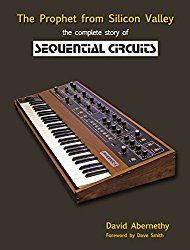
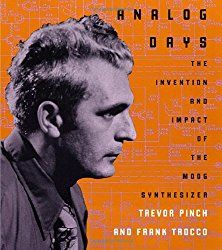
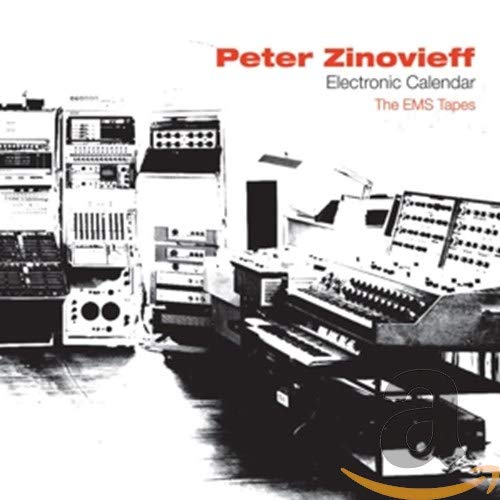
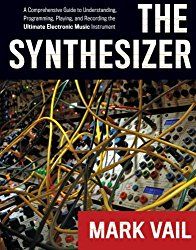
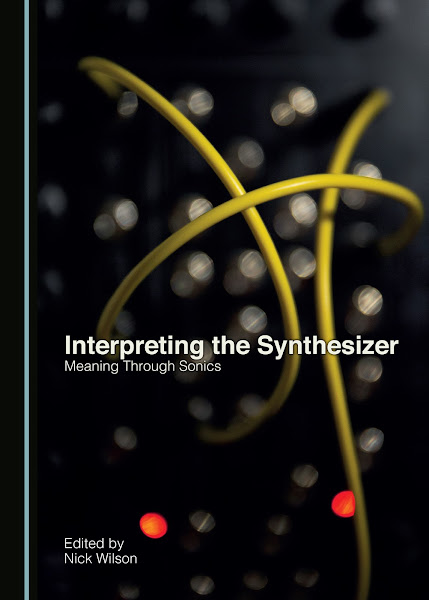
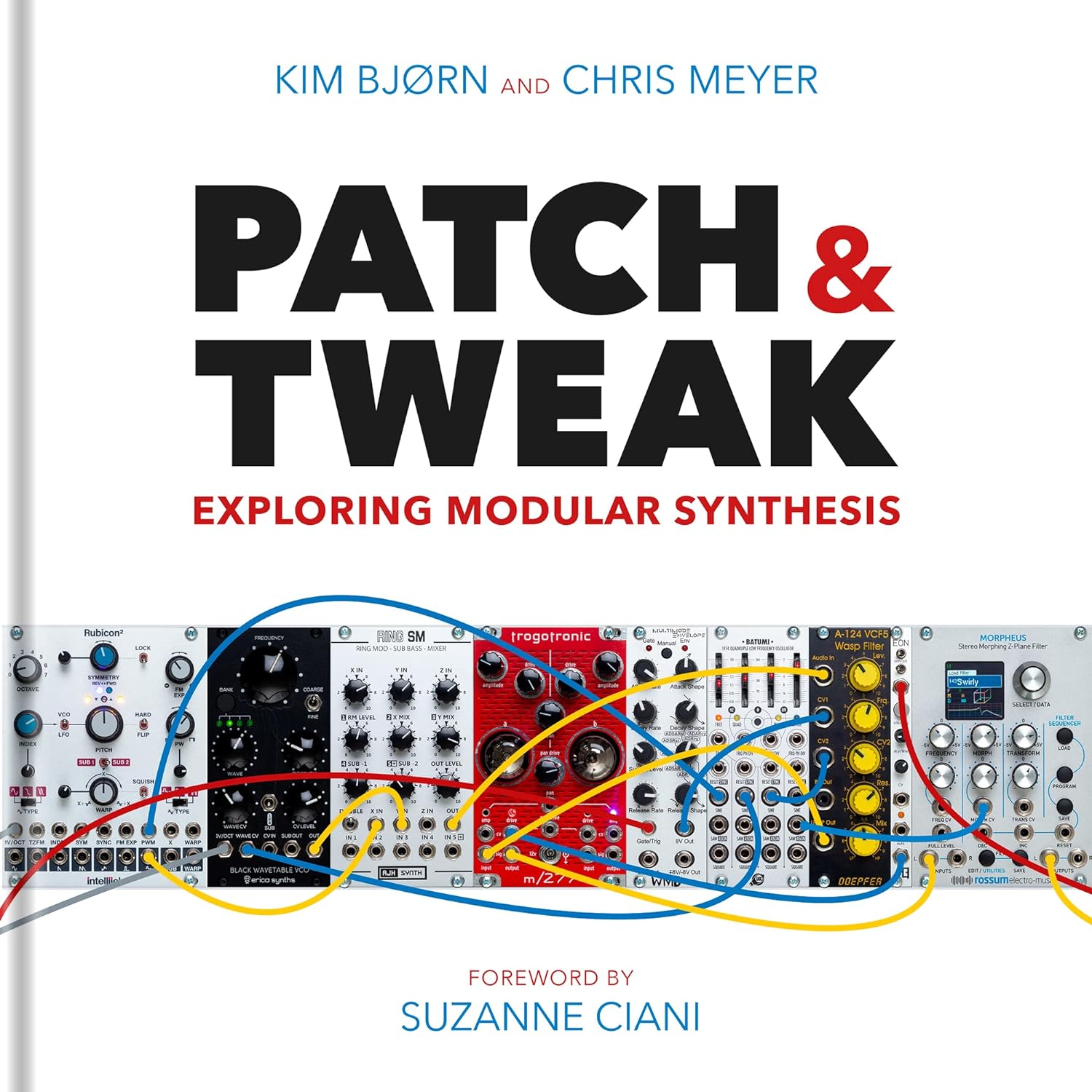
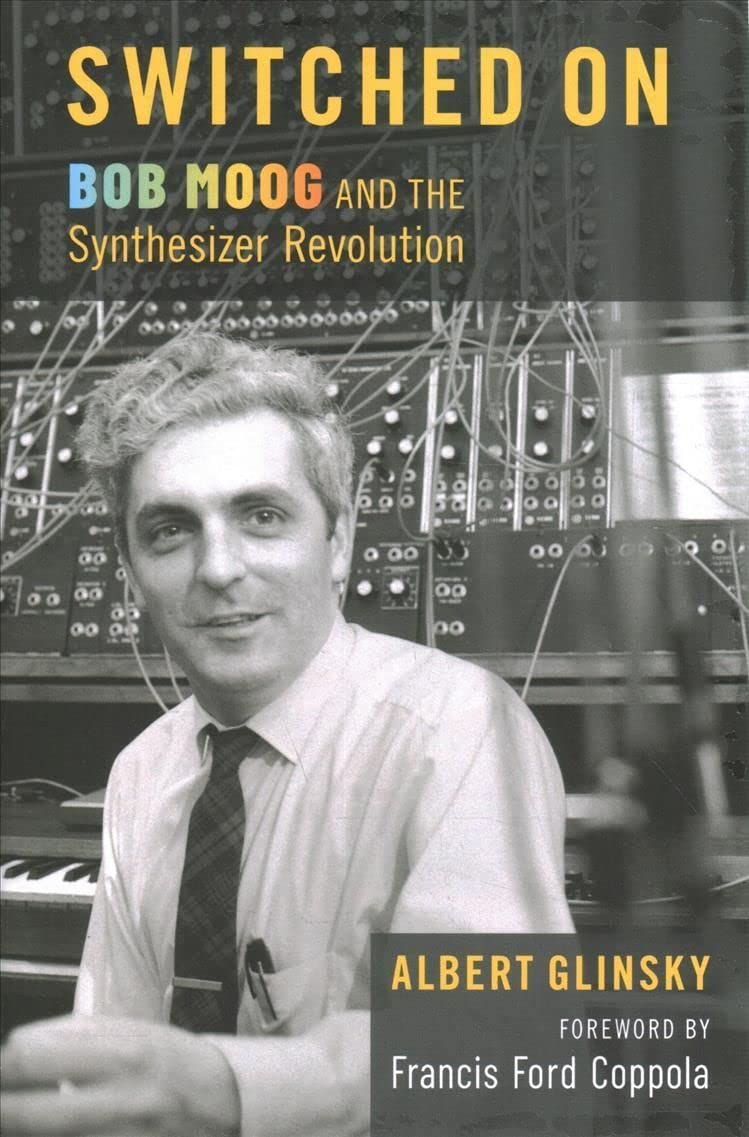
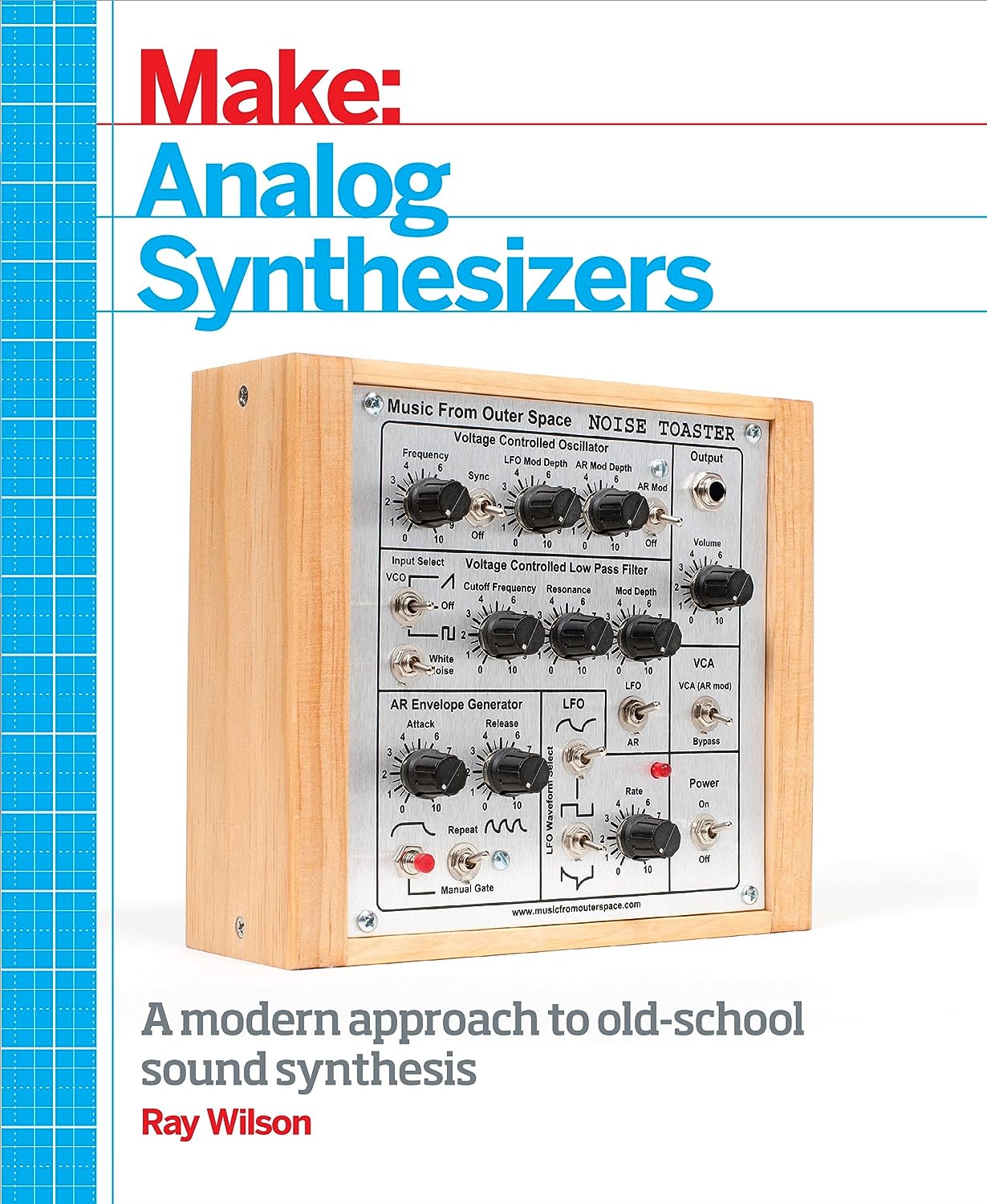
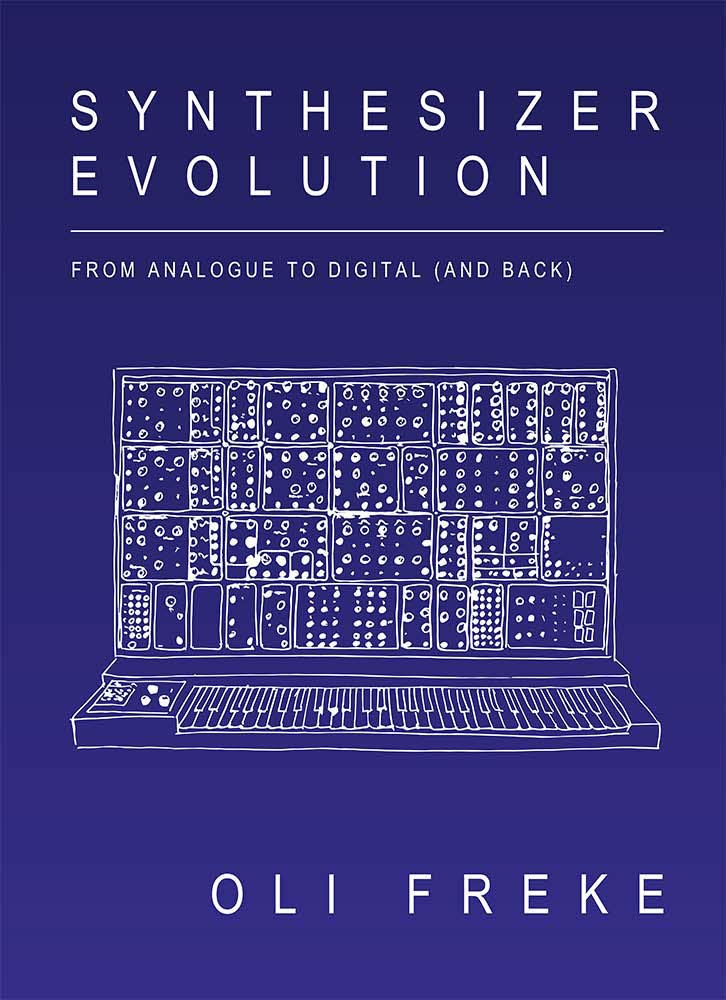
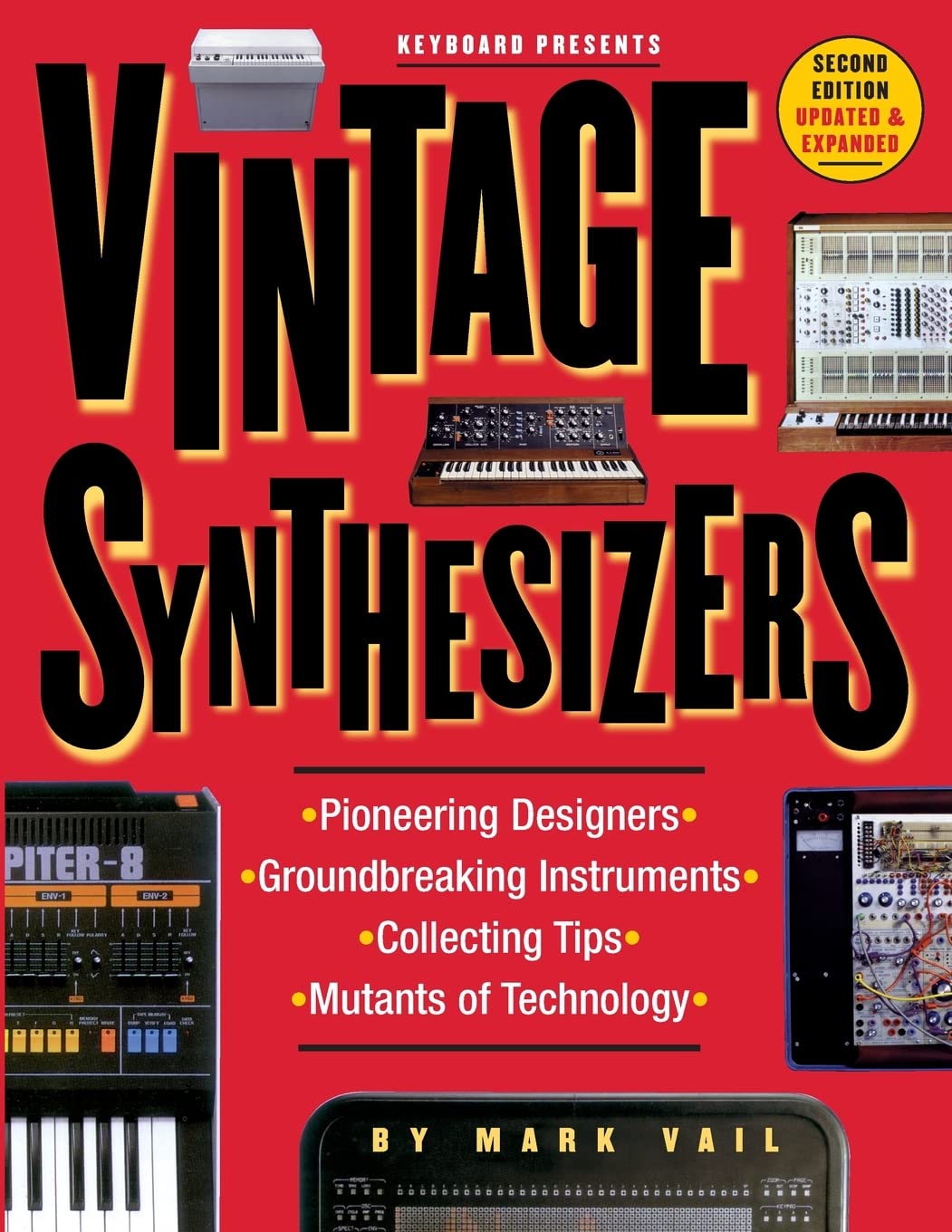
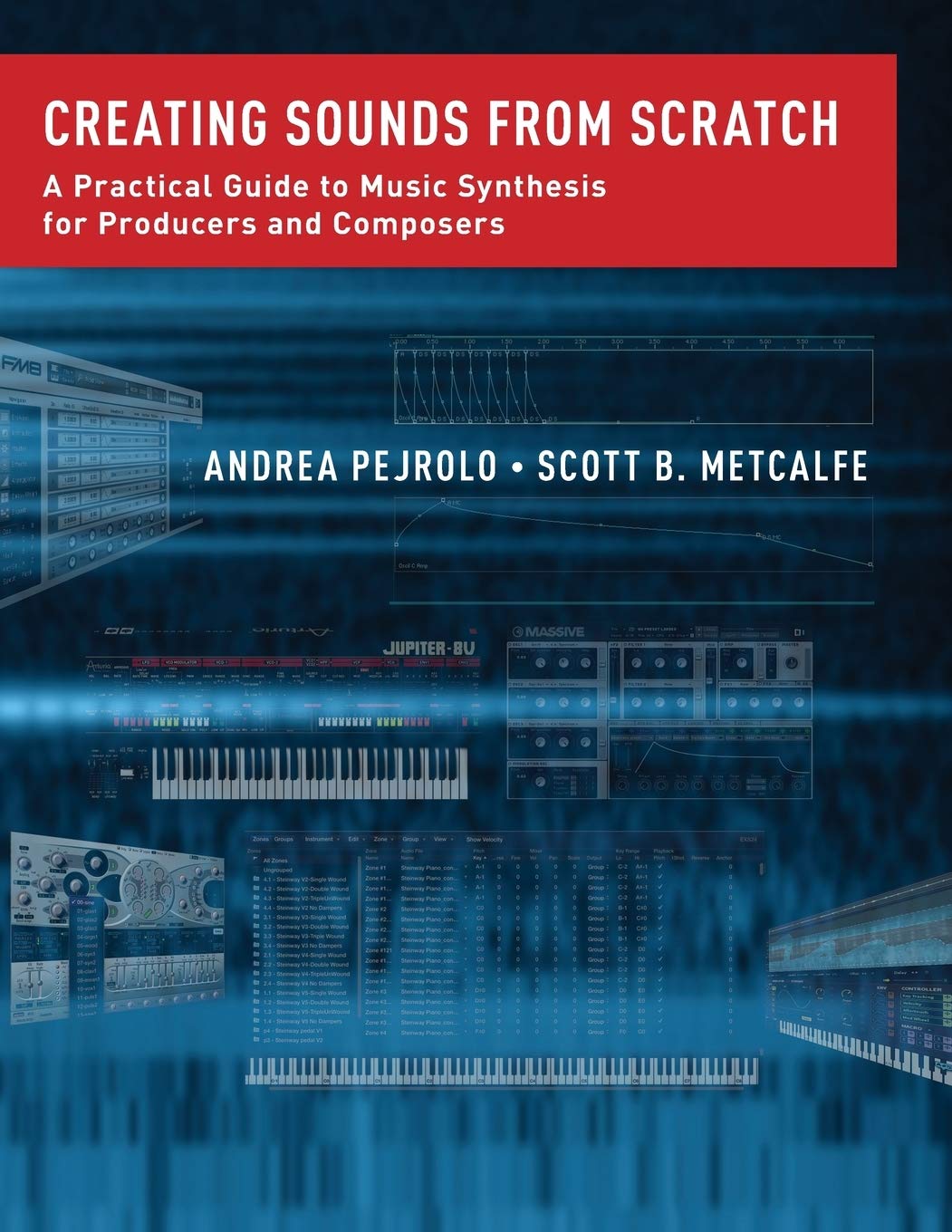
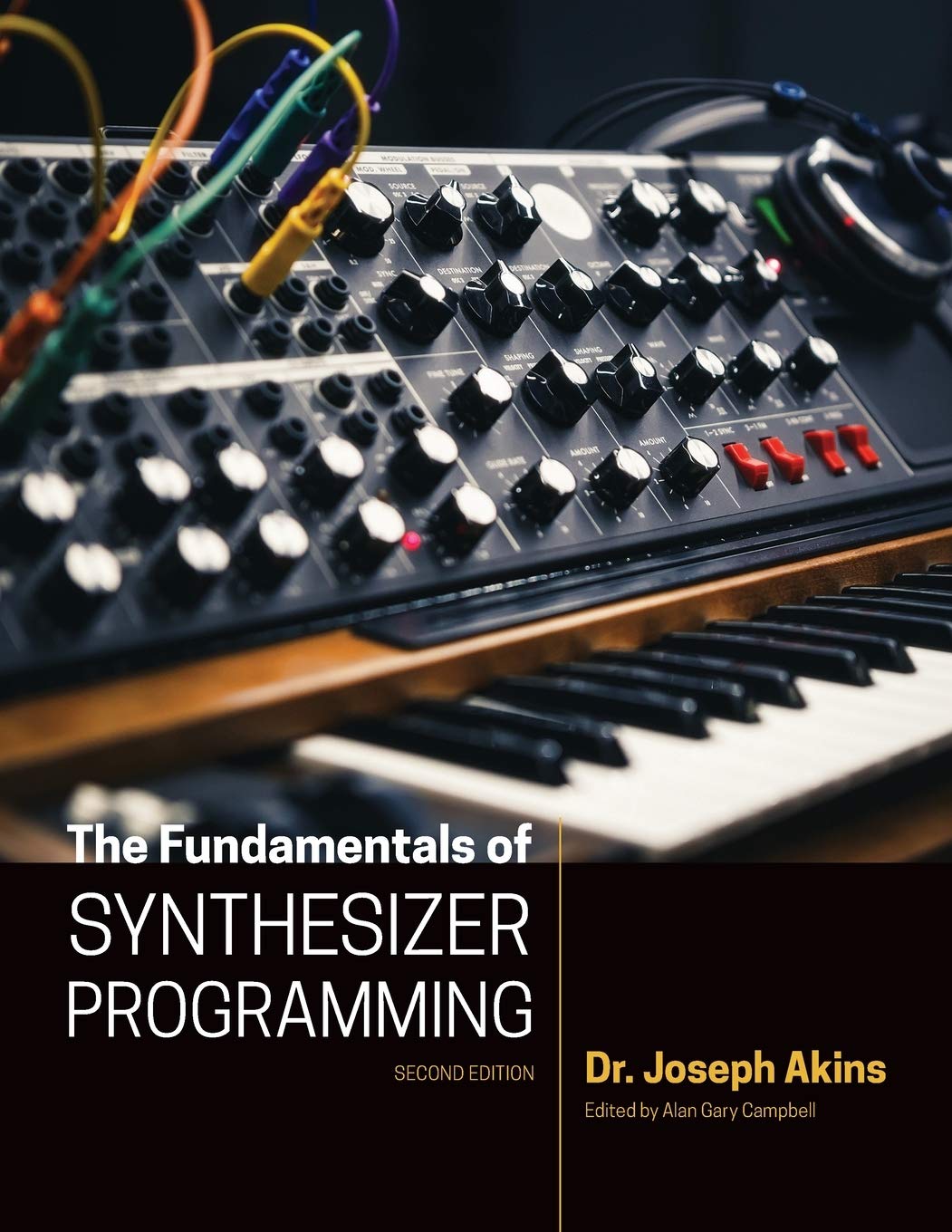
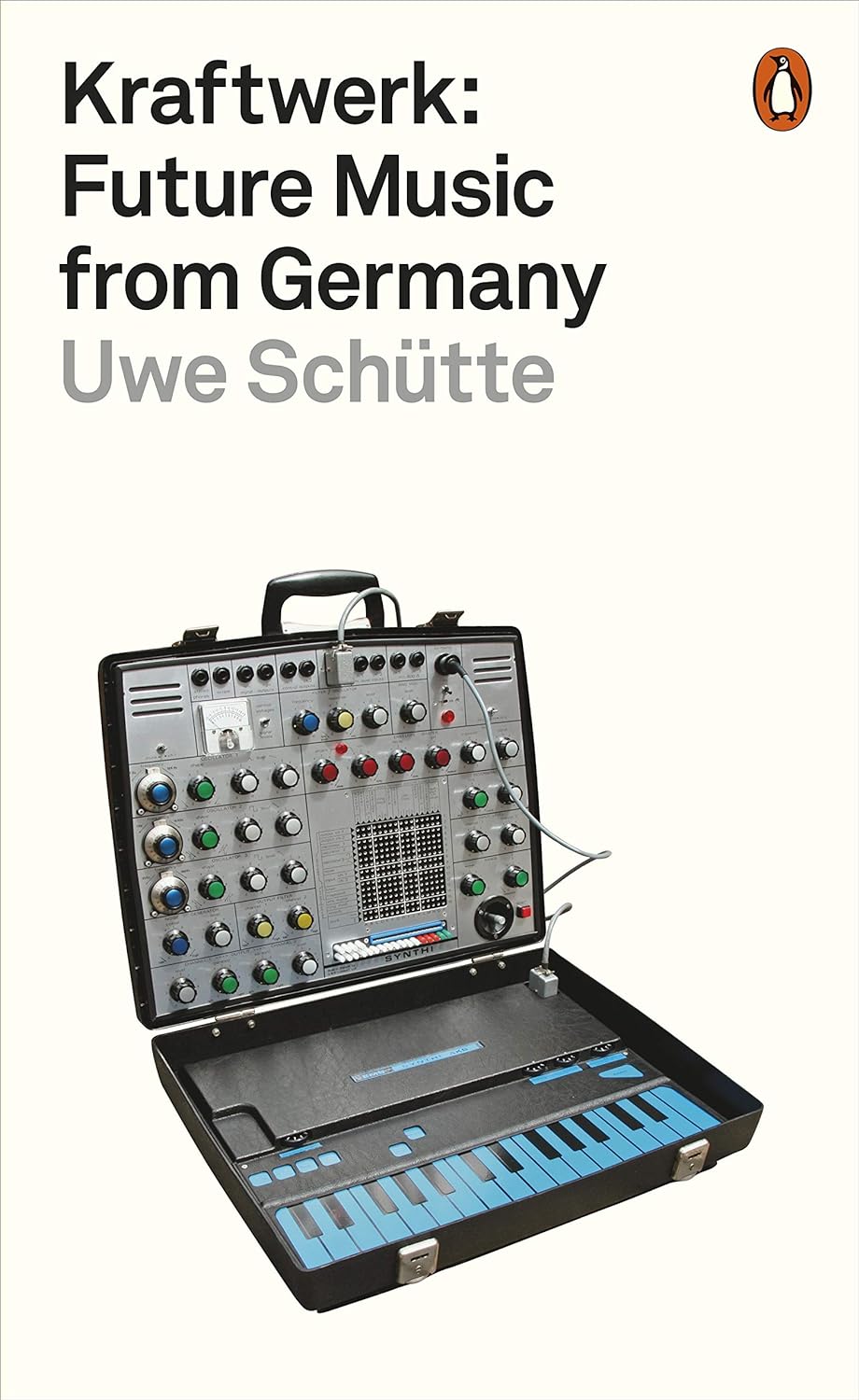
© Matrixsynth - All posts are presented here for informative, historical and educative purposes as applicable within fair use.
MATRIXSYNTH is supported by affiliate links that use cookies to track clickthroughs and sales. See the privacy policy for details.
MATRIXSYNTH - EVERYTHING SYNTH













© Matrixsynth - All posts are presented here for informative, historical and educative purposes as applicable within fair use.
MATRIXSYNTH is supported by affiliate links that use cookies to track clickthroughs and sales. See the privacy policy for details.
MATRIXSYNTH - EVERYTHING SYNTH



















